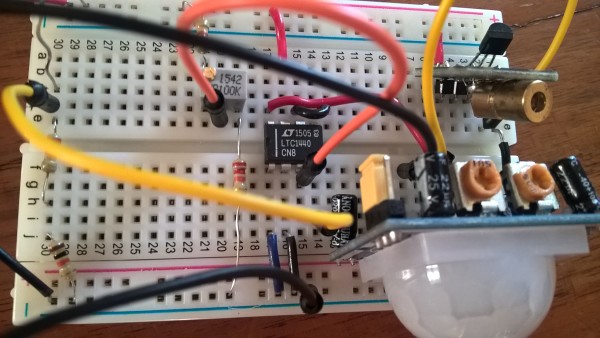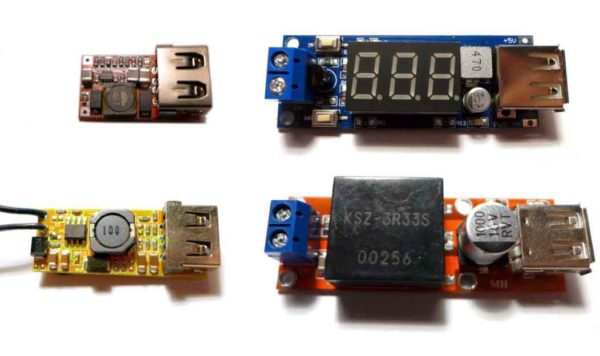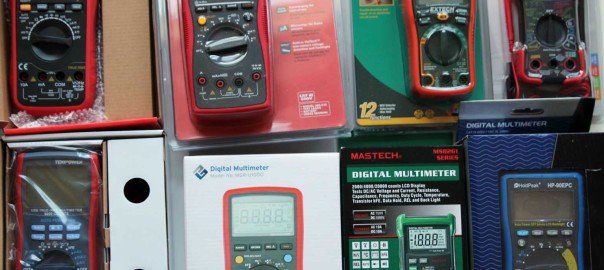A few weeks back, Redditor /u/doakey posted an insanely cool idea to /r/arduino of lighting up his toilet bowl with a red laser so that when he got up in the middle of the night to pee, he could see where he was “shooting”, so to speak. And it was a grand success!
Walk into the bathroom. Laser shoots into the bowl. *pew, pew, pew* Lights up the target like a spotter for some stealth aircraft to hit with a smart bomb. Night vision preserved. Mission accomplished. Laser turns off. Then you go back to bed.

Yet, he noted that the 9v battery only lasted a few days. Naturally, a few of us pointed out that an Arduino is overkill and that he could have done this using analog electronics.
And I get it. Analog is pretty hard. Arduino is relatively easy. There are plenty of resources out there on how to program Arduinos, but analog… well, it is kind of on its way to becoming a “lost art”.
A few people in /r/arduino asked me to write-up my proposed analog verson. After a few weeks of fiddling, here’s the analog circuit (and explanation) I came up with to reproduce the same effects…



